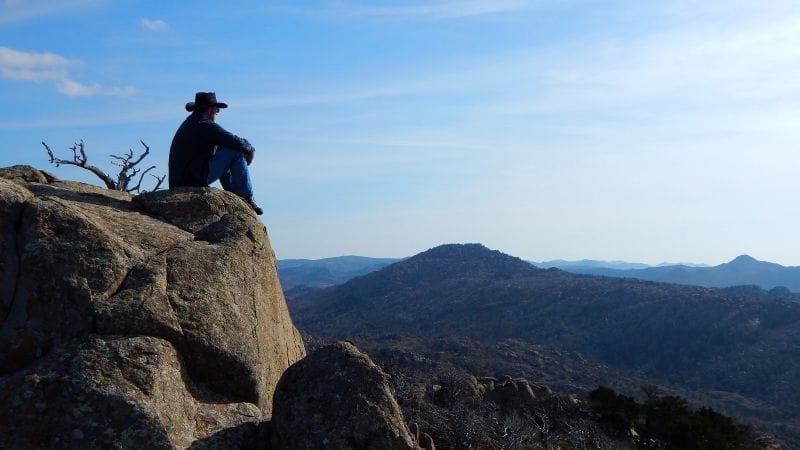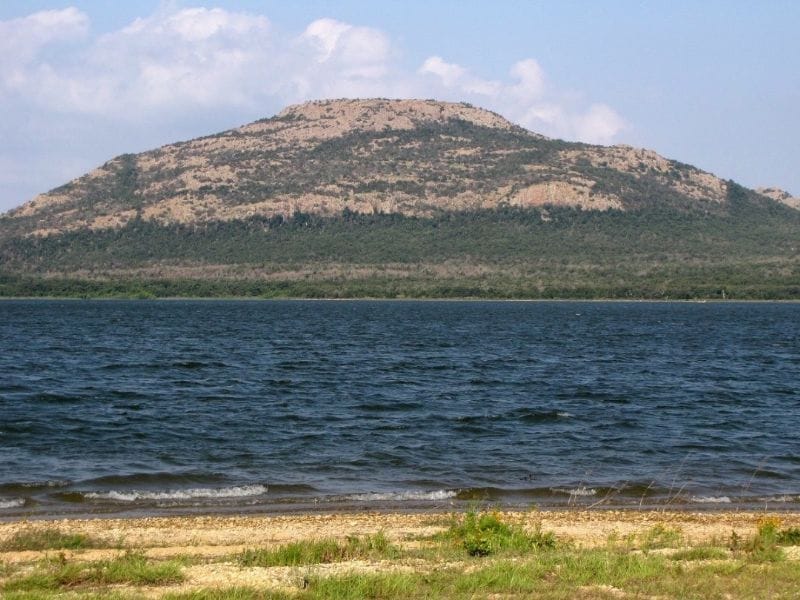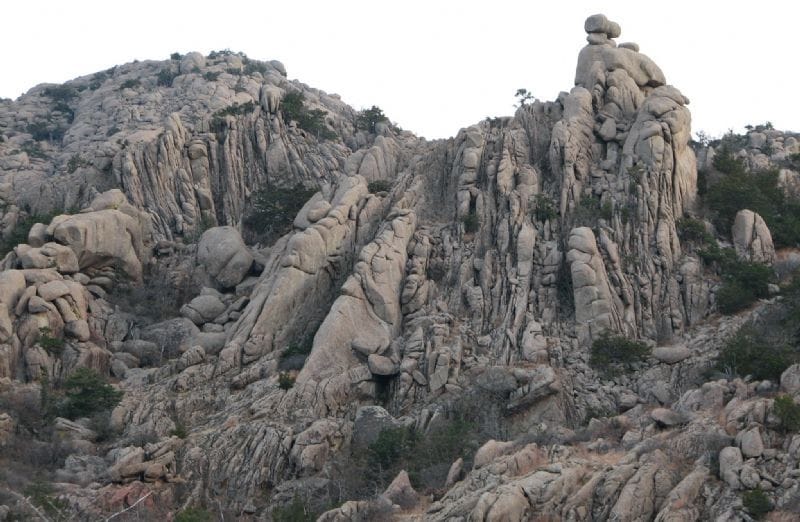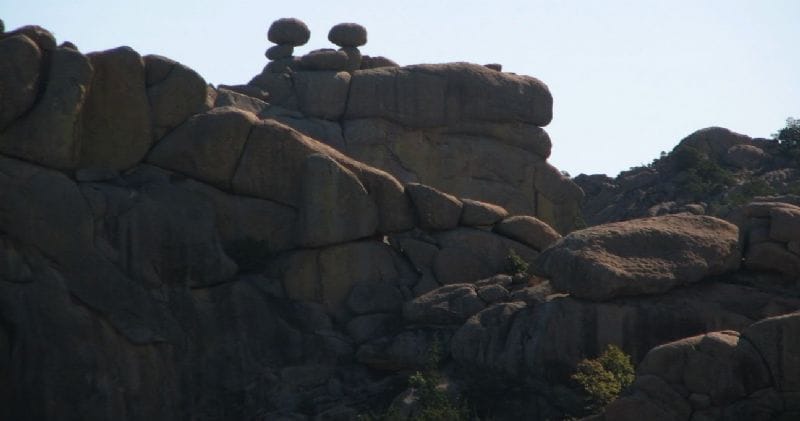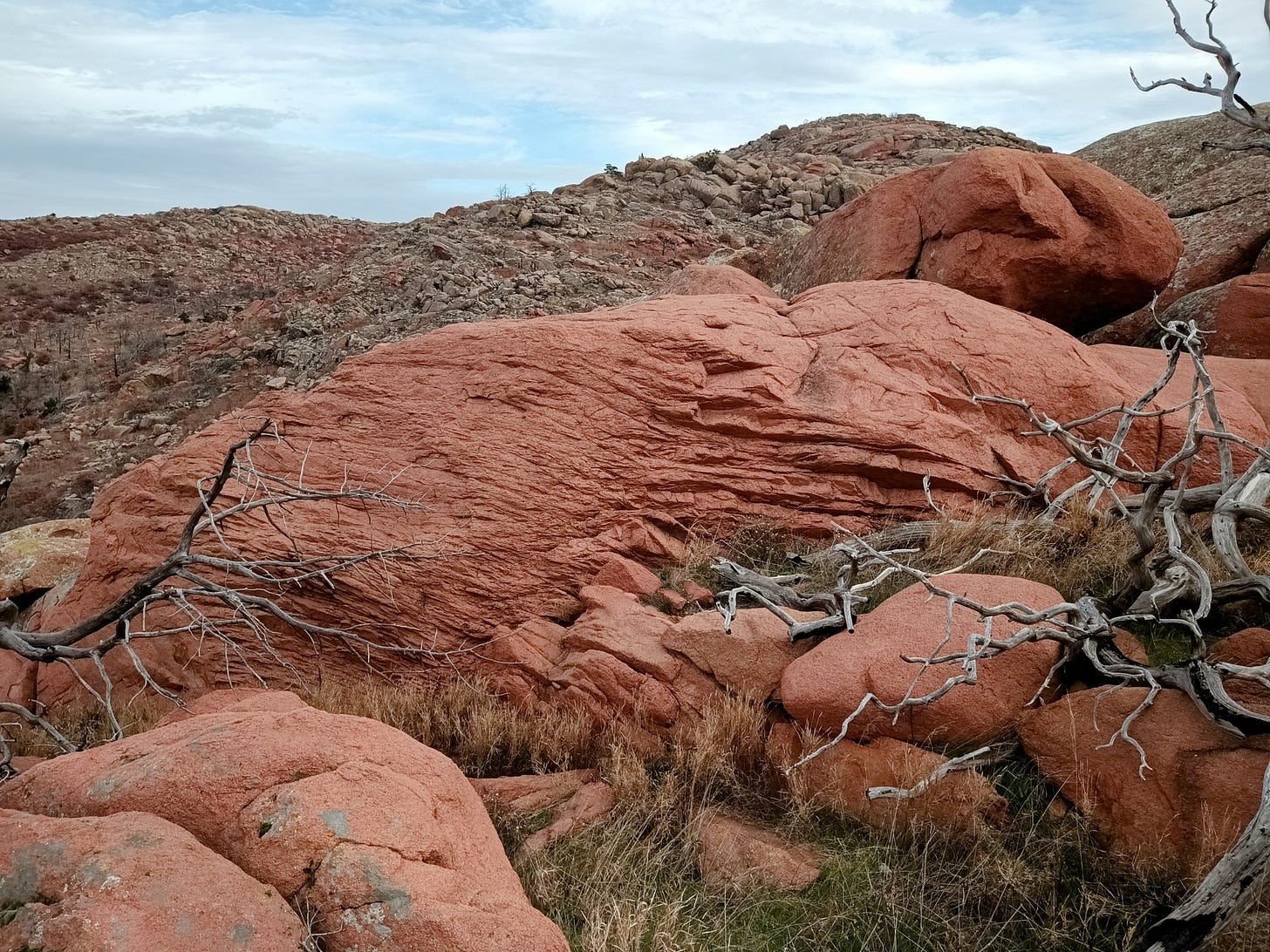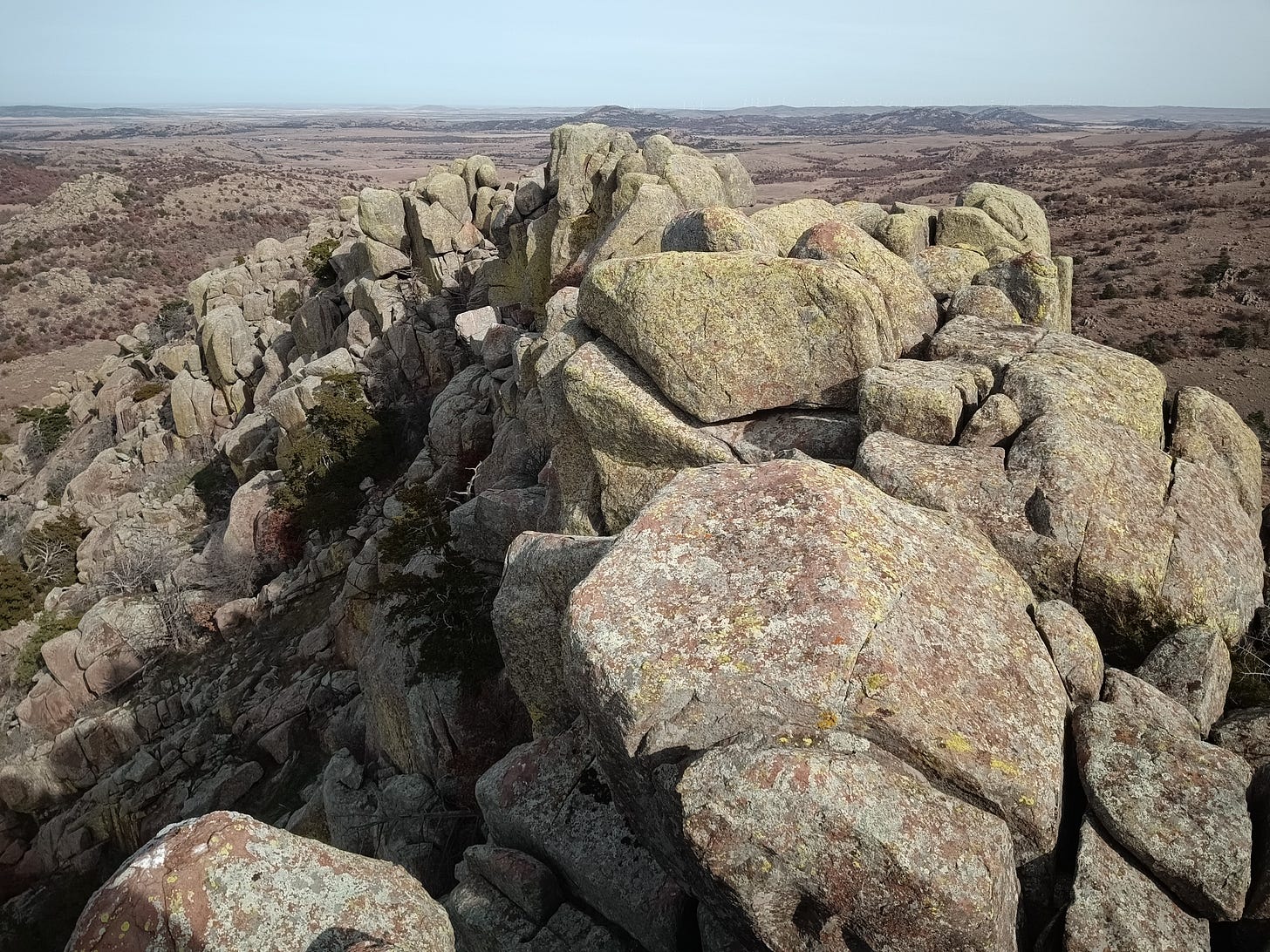If you are accustomed to my articles about Missions and China, please bear with me as I have some fun today. However, there is a segue below to missions in China, if you can find it.
The Babylon Bee, a well-known conservative Christian satire site, recently took a totally-not-funny crack at my home state of Oklahoma, and I must say was genuinely offended. I wasn’t upset at general intent of their satirical article, but rather because they picked the wrong state to mock:
"In His Infinite Wisdom, the Lord was starting to get just a little tired of coming up with new mountain ranges, landscapes, and breathtaking vistas, so He took it easy for a few moments and spoke into being a barren, flat, blank space."
Does this describe Kansas? Sure! Most of Nebraska? Yup! But calling the landscapes of Oklahoma boring? You’ve obviously never been here. I love the Babylon Bee as much as anyone, but here this particular piece of satire fell flat (pun intended).
Folks don’t usually think of mountains when they think of Oklahoma, but true Okies know better! As far back as I can remember, my year has been punctuated with hiking trips to “the Wichitas” of southwest Oklahoma with my father, who has personally summited nearly forty different peaks in the Wichita Mountains since the 1970’s. He’s even had a hand in naming one or two of them.
Above and Beyond the Prairie
Flat farmland and rolling prairies are what we are known for, but few states also have mountains and overgrown rockpiles with names like the Arbuckles, the Ozarks, the Ouachitas, the Kiamichis and of course, the aforementioned Wichitas.
You will also find the Quartz Mountains, the Navajo Mountains, the Gloss Mountains, the Boston Mountains, the Sans Bois Mountains, and the Winding Stair Mountains; not to mention the stand-alone massifs called Buffalo Mountain, Cavanal Hill, and Sugarloaf Peak.
And I’ve yet to mention Black Mesa (the highest point in the state, on the Oklahoma-New Mexico-Colorado border), the Antelope Hills (and its nomadic pronghorn), the Osage Hills (and buffalo preserve), and the Cookson Hills (and its elk herd).
Just take a glance at the topographic heat map above. There are major ranges of hills, mountains, mesas, river valleys, etc, in literally every corner of the state. The mountains of Oklahoma are yet another way that our state matches up well with China’s Gansu Province, our sister-state that we continue to pray for.
Like Oklahoma, Gansu Province is lower in the east and higher in the west and has many mountain ranges in nearly every corner of its territory. The difference, however, is in scope. Gansu’s smallest mountains are as high as Oklahoma’s biggest. And Gansu’s highest, Altun Shan, is only a bit lower than Mt. McKinley in Alaska.
Hidden Treasure: The Wichita Mountains
The Wichita Mountains (the brown “circle” in the lower left of the map above), although not the largest or the tallest mountains in Oklahoma, are arguably the most popular. Not only do they provide the most dramatic landscapes and diverse wildlife, but they are also the easiest to get to from our largest cities (and from the DFW area).
In 2017, Zack Frank from the BBC visited the Wichitas and wrote a pretty cool description of our state’s favorite mountains:
Amazingly, these rugged mountains, more closely resembling some landscapes in Sub-Saharan Africa than anywhere in the western hemisphere, are unknown to most Americans.
After reading the BBC article, I got to thinking more about the mountains that I love so much, and I decided to search for any article I could find that might give a creation scientist’s explanation of the geology of the area. (Unfortunately, the Visitor’s Center at the Wichita Mountains National Wildlife Refuge only provides the secular humanist interpretation of the “creation” of these mountains.)
Thousands of Years, not Billions
Well, I struck gold and found exactly what I had hoped existed. In 2016, geologist Sara Mikkelson of The Creation Club wrote an article entitled “Oklahoma’s Wichita Mountains“, where she gives a helpful summary of the geological processes that likley helped to form what we now know as the Wichitas.
Here is are some of the key points from her article, interspersed with a few of my father’s best pictures from his years exploring the Wichitas:
The main type of rock found in [the] Wichita Mountains is granite. Granite is a very beautiful type of rock made by magma..squeezing up into pre-existing rock. It then hardens and crystallizes, separating into three different minerals that you can see in the speckled patterns of granite. The granite of [the Wichitas] looks like it’s had a pretty rough life, battered and worn, as if to say, “you have no idea what I’ve been through”. Truly, the catastrophe these mountains have been through is unlike anything we see today. This rock probably went through the entire global flood, mentioned in the Bible.
[It seems] likely that this granite started forming at the very beginning of the flood, when the “fountains of the great deep” began to break up. This would have caused volcanoes, earthquakes, magma pushing up into layers, and more. The continents also would have started to break apart at this time… Other types of rock made by underground magma and above ground lava were formed in the area around the same time.
This granite was formed by magma squeezing into the Tillman rock group. It was covered by flood waters and mud layers. Still in the early phases of the flood (classified as “Carboniferous”), [the Wichitas] began to rise as sections of earth’s surface were squeezed, pulled apart, and pushed up. Progressing farther into the flood (Permian rock sections), these mountains were worn down quite a bit by the flood waters, and covered with more mud and gravel. Later, that mud and gravel was cleared away, revealing [the] Wichita Mountains…a beautiful monument of the world-wide flood and the awe-inspiring power of God.
In all my years of rock-climbing, boulder-hopping and cave-exploring in the Wichitas, I have never heard anyone attempt to give a creationist explanation of their formation. Sara’s words have given me even more reasons to thank God for the ruggedly beautiful Wichita Mountains, which were formed by His hand, for His glory, and for our joy.
Since the foundation of this article was originally published in 2020, I have had the opportunity to climb a number of the highest peaks in the Wichita Mountains Wildlife Refuge backcountry area (normally off-limits) for the first time. This is because I got drawn for an elk hunt in that area in December of 2023.
Before harvesting my cow elk (I was not issued a bull elk tag), I managed to climb Mt. Sheridan, Mt. Marcy, Baker Peak, Pinnacle Ridge, and Mt. Pinchot (among other lesser known peaks) during the first three days of my hunt. I will include pictures below in the order which they are mentioned above.







